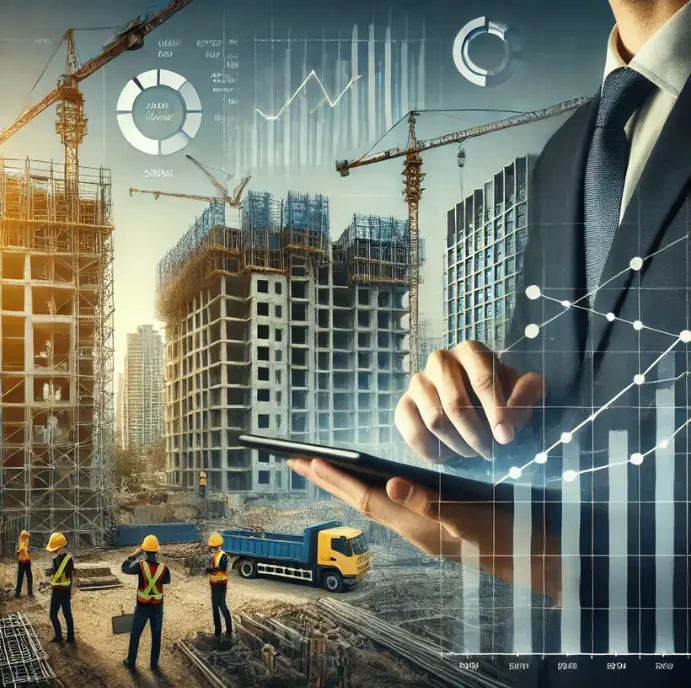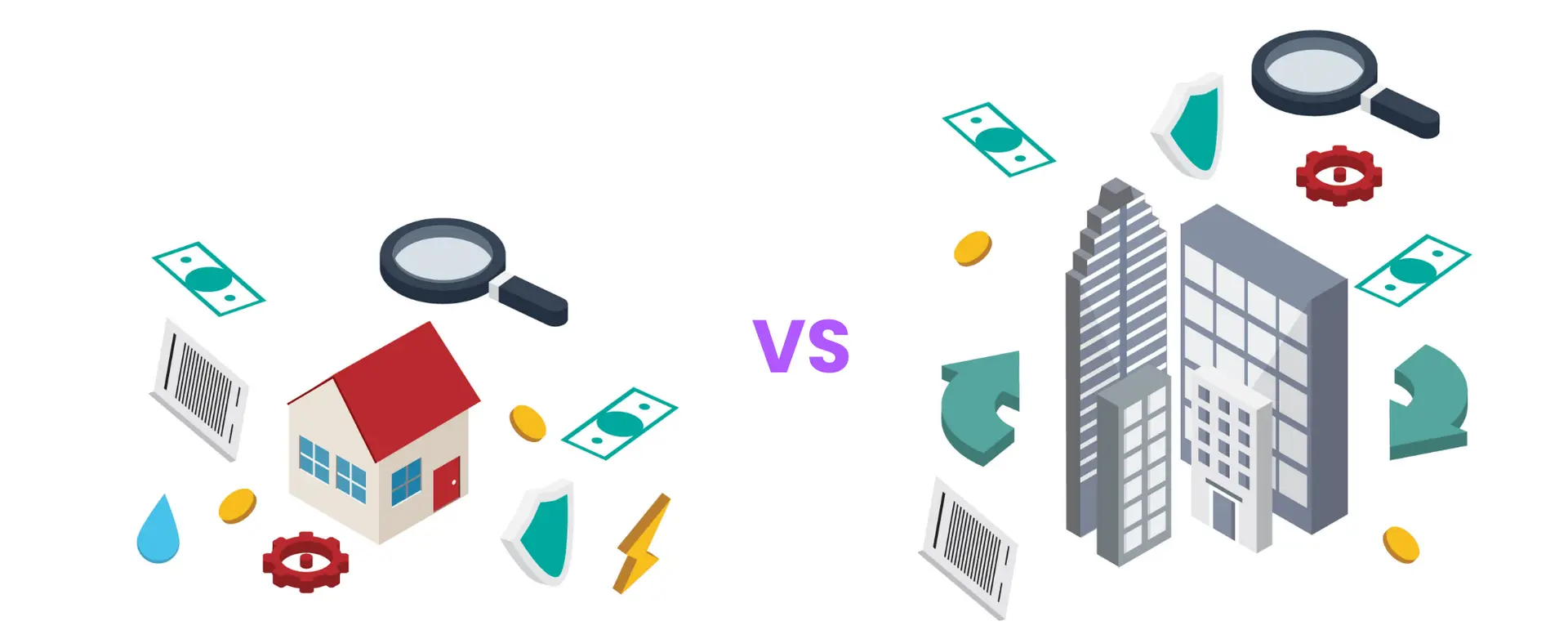|
Getting your Trinity Audio player ready...
|
Construction costs in the U.S. housing market continue to present challenges for investors in 2025. According to CoreLogic’s February 2025 Construction Cost Update, material costs in the U.S. decreased by 0.5% over the past quarter while increasing by 0.3% over the past 12 months, and labor costs rose more significantly at 0.9% over the past quarter and 3.7% over the past year. This mix of short-term decreases and long-term increases creates a complex landscape for investment planning.
For foreign nationals considering U.S. real estate investments, these cost variations create both obstacles and possibilities. Whether planning a new construction project, renovating a property for rental income, or pursuing a fix-and-flip strategy, understanding how to adapt to these fluctuations can make the difference between disappointing results and successful returns.
This post examines why construction costs change, which factors drive these shifts, and practical approaches to managing them. We’ll cover flexible budgeting techniques, contract strategies that protect your interests, and financing options designed specifically for international investors facing variable construction expenses.
Why Construction Costs Fluctuate
Supply Chain Dynamics
President Trump’s recent tariff implementations are reshaping construction supply chains, with 25% tariffs on Canadian and Mexican imports impacting building materials costs. The temporary exemption until April 2 for some Canadian goods provides a strategic window for material procurement, while longer-term supply chain restructuring could cost the U.S. economy over $100 billion according to economic projections, affecting everything from steel to fixtures used in residential construction.
Economic Cycles
Construction costs typically accelerate during economic expansion phases when demand for new projects increases across residential and commercial sectors. The recent Federal Reserve policy shift toward maintaining interest rates through Q2 2025 has created a temporary stabilization in financing costs, as reported by the Federal Reserve Economic Data (FRED), though labor markets remain tight in construction trades, keeping wages on an upward trajectory.
Material Price Volatility
Lumber prices demonstrate the most dramatic swings among construction materials, with prices up more than 14% year-over-year, according to the National Association of Home Builders’ (NAHB) lumber price tracker. Steel and concrete pricing is also increasing, due to factors such as energy costs and production capacity.
Strategies for Adapting to Construction Costs Fluctuations
While construction cost variations are inevitable in the U.S. real estate market, foreign investors can implement specific strategies to minimize their impact. Here are three approaches to help maintain investment profitability despite changing material and labor expenses.
Flexible Budgeting Approach
Including a 10-15% buffer beyond standard renovation estimates provides protection against unexpected cost increases. Structuring investments to accommodate phased improvements allows you to adjust timing based on material price trends. For example, completing critical structural work first while postponing cosmetic updates until prices stabilize, or renovating units sequentially in multi-unit properties to maintain partial rental income during the project.
Property Management Partnerships and Local Expertise
Establishing relationships with reputable U.S.-based property management companies offers valuable access to established supplier networks and local construction expertise. These companies often maintain relationships with reliable contractors and can negotiate better pricing based on volume and repeat business. Their local market knowledge helps you anticipate seasonal price fluctuations and plan renovation timing accordingly.
Strategic Loan Options
Foreign investors require specialized financing solutions that address the unique challenges of managing construction costs from abroad. Lendai provides loan products specifically designed for international investors, without requiring U.S. credit history or domestic tax returns. Their financing options accommodate both turnkey purchases and renovation projects, with structures that can adjust to the changing timelines often caused by construction cost fluctuations.
Ready to explore financing solutions created specifically for foreign nationals investing in U.S. real estate?
Visit staging.lendai.us to learn how their specialized loan products can help you manage construction cost variations while building your American real estate portfolio.






